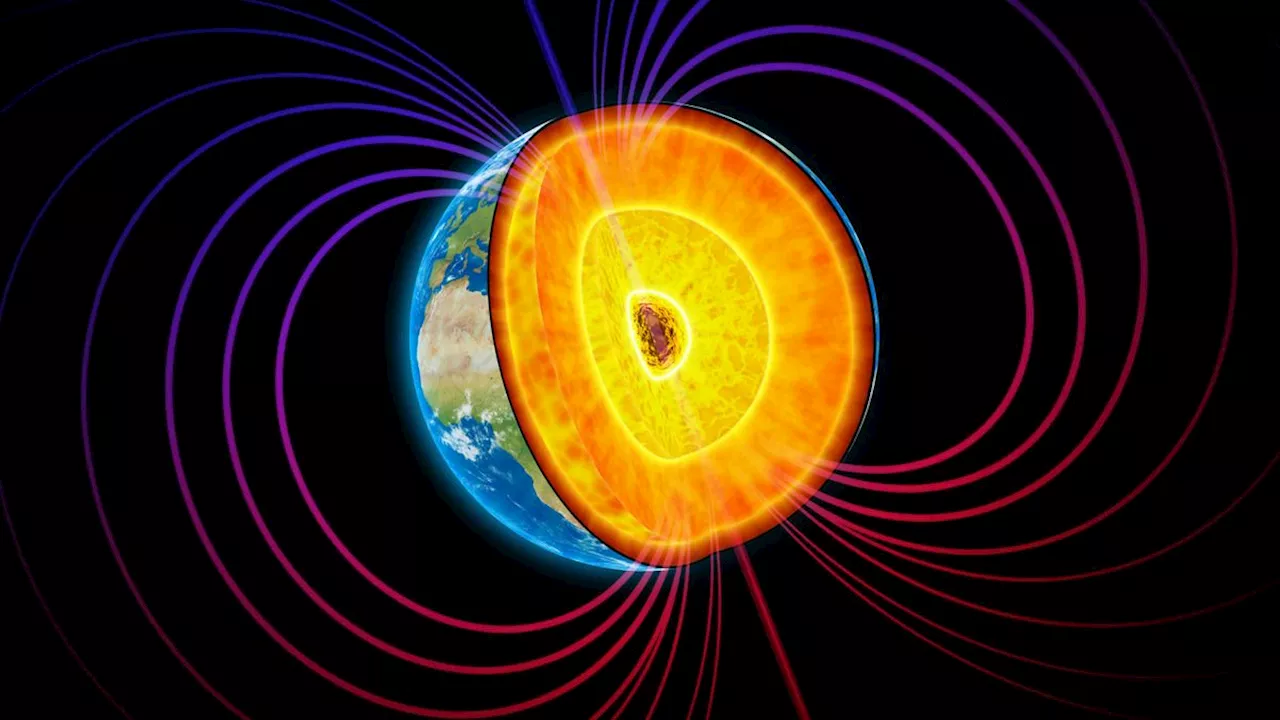Stephanie Pappas is a contributing writer for Live Science, covering topics ranging from geoscience to archaeology to the human brain and behavior.
In a new study, researchers observed the doughnut-shaped structure for the first time by looking at reverberations of large earthquakes many hours after the quakes occurred. They found an odd ring around the outer core's equator, where earthquake waves move more slowly than in surrounding regions.
The only way to measure Earth's core is through the movement of earthquake waves that bounce from one side of the globe to the other. These seismic studies have shown that the core is a bit less dense than pure iron. Geoscientists thus debate which light elements — such as carbon, oxygen, hydrogen and silicon — might be present, and in what quantities.
Previous studies of the outer core's structure had looked only at waves in the first hour or so after a large earthquake, Tkalčić said in the statement. He and his colleagues studied the reverberations over many hours, giving them more complete coverage of the outer core's area. More studies with a wider field of view are still needed to confirm the structure's existence, the research team wrote in their paper.
United States Latest News, United States Headlines
Similar News:You can also read news stories similar to this one that we have collected from other news sources.
 Uncovering “Snowball Earth”: Hidden Rock Record Unveils Secrets of Earth’s Deep FreezeScience, Space and Technology News 2024
Uncovering “Snowball Earth”: Hidden Rock Record Unveils Secrets of Earth’s Deep FreezeScience, Space and Technology News 2024
Read more »
 Snowball Earth: Researchers discover unique Scottish rocks record when Earth was first encased in iceMore than 700 million years ago, the Earth was plunged into a state that geologists call 'snowball Earth', when our planet was entirely encased in ice. This happened when the polar ice caps expanded so far that they joined up around the equator.
Snowball Earth: Researchers discover unique Scottish rocks record when Earth was first encased in iceMore than 700 million years ago, the Earth was plunged into a state that geologists call 'snowball Earth', when our planet was entirely encased in ice. This happened when the polar ice caps expanded so far that they joined up around the equator.
Read more »
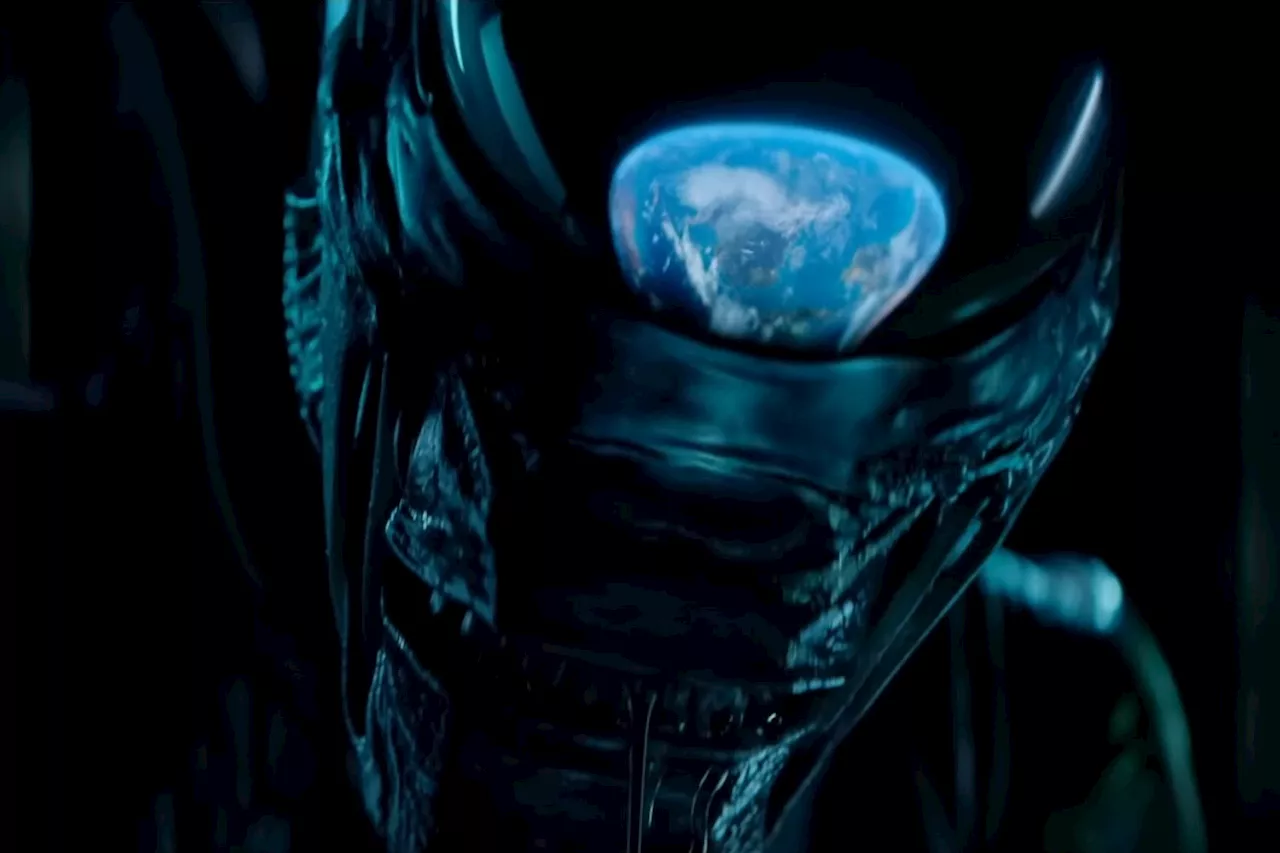 Alien: Earth‘s First Teaser Sure Does Show an Alien and EarthAlien: Earth is a prequel show set before Ellen Ripley's sci-fi misadventures.
Alien: Earth‘s First Teaser Sure Does Show an Alien and EarthAlien: Earth is a prequel show set before Ellen Ripley's sci-fi misadventures.
Read more »
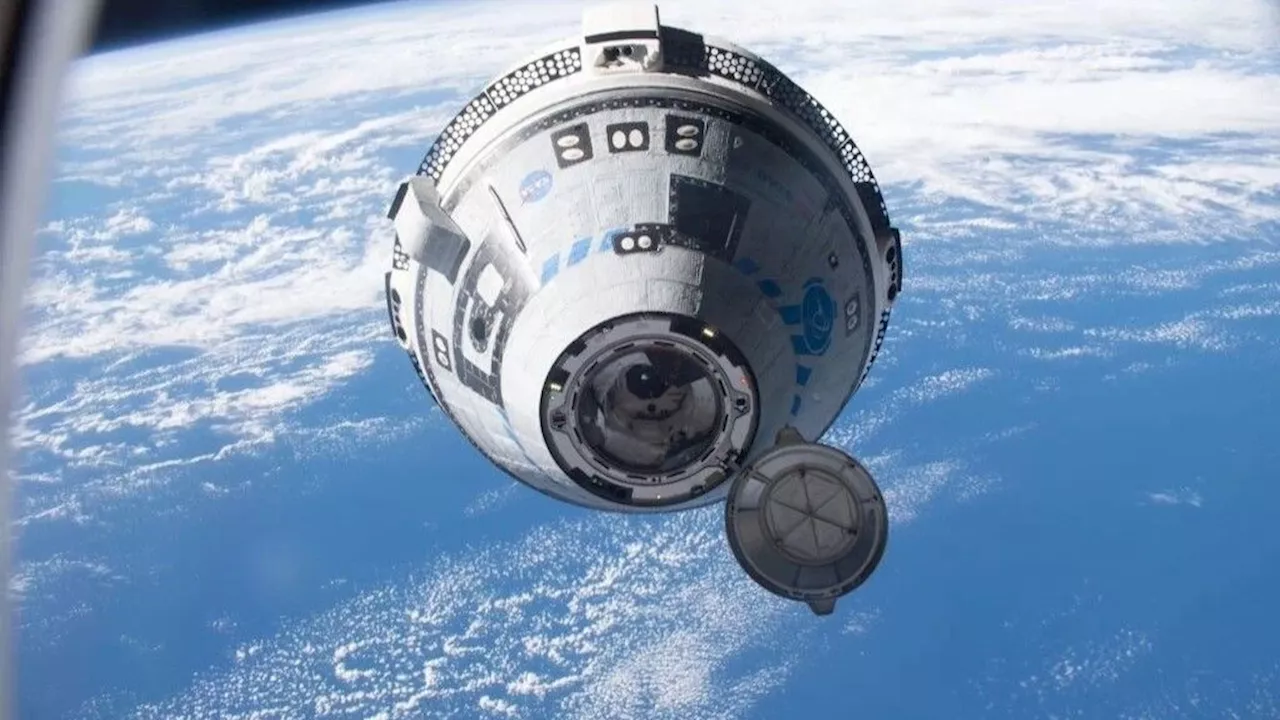 Watch Live: Boeing Starliner is about to return to Earth without its crewBrandon is the space/physics editor at Live Science. His writing has appeared in The Washington Post, Reader's Digest, CBS.com, the Richard Dawkins Foundation website and other outlets. He holds a bachelor's degree in creative writing from the University of Arizona, with minors in journalism and media arts.
Watch Live: Boeing Starliner is about to return to Earth without its crewBrandon is the space/physics editor at Live Science. His writing has appeared in The Washington Post, Reader's Digest, CBS.com, the Richard Dawkins Foundation website and other outlets. He holds a bachelor's degree in creative writing from the University of Arizona, with minors in journalism and media arts.
Read more »
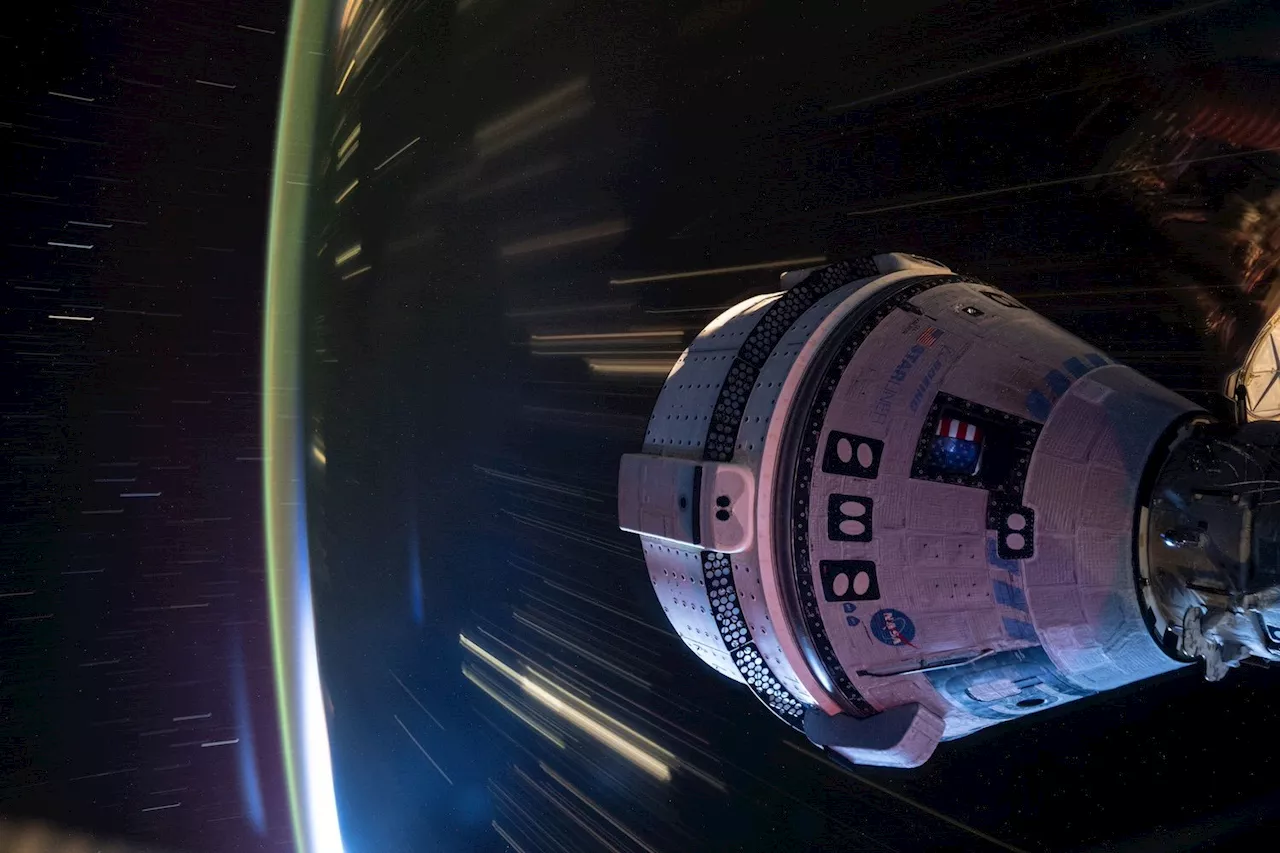 Watch Live as a Busted Boeing Starliner Returns to Earth Without Its CrewThe spacecraft will undock from the ISS on Friday at 6:04 p.m. ET after a troubling three months in orbit. You can watch the action live right here, malfunctioning thrusters and all.
Watch Live as a Busted Boeing Starliner Returns to Earth Without Its CrewThe spacecraft will undock from the ISS on Friday at 6:04 p.m. ET after a troubling three months in orbit. You can watch the action live right here, malfunctioning thrusters and all.
Read more »
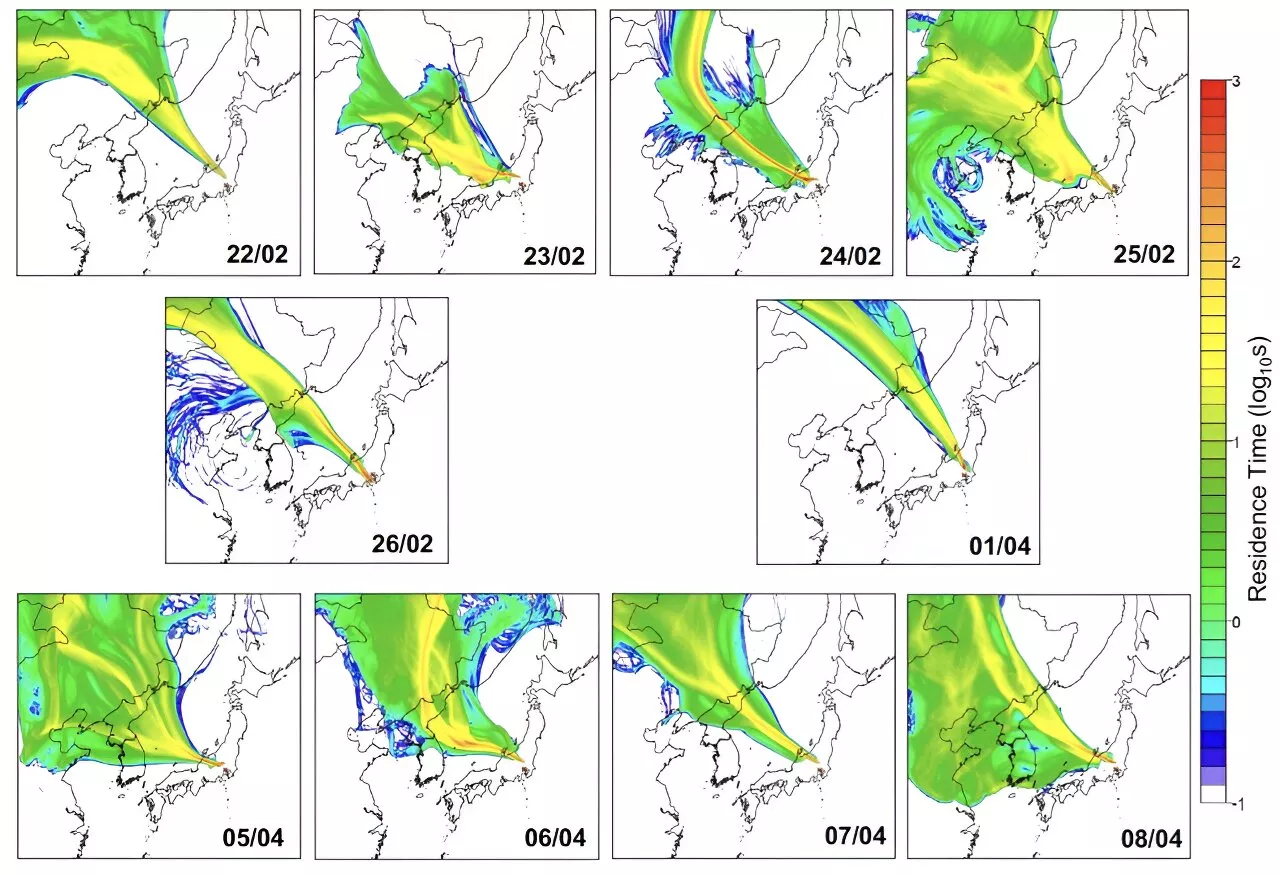 Researchers find live fungi, bacteria and viruses high in the Earth's atmosphereA team of climate, health and atmospheric specialists in Spain and Japan has found abundant live fungi, bacteria and viruses high in the Earth's atmosphere. In their study published in the Proceedings of the National Academy of Sciences, the group collected air samples from altitudes of 1,000–3,000 meters.
Researchers find live fungi, bacteria and viruses high in the Earth's atmosphereA team of climate, health and atmospheric specialists in Spain and Japan has found abundant live fungi, bacteria and viruses high in the Earth's atmosphere. In their study published in the Proceedings of the National Academy of Sciences, the group collected air samples from altitudes of 1,000–3,000 meters.
Read more »
